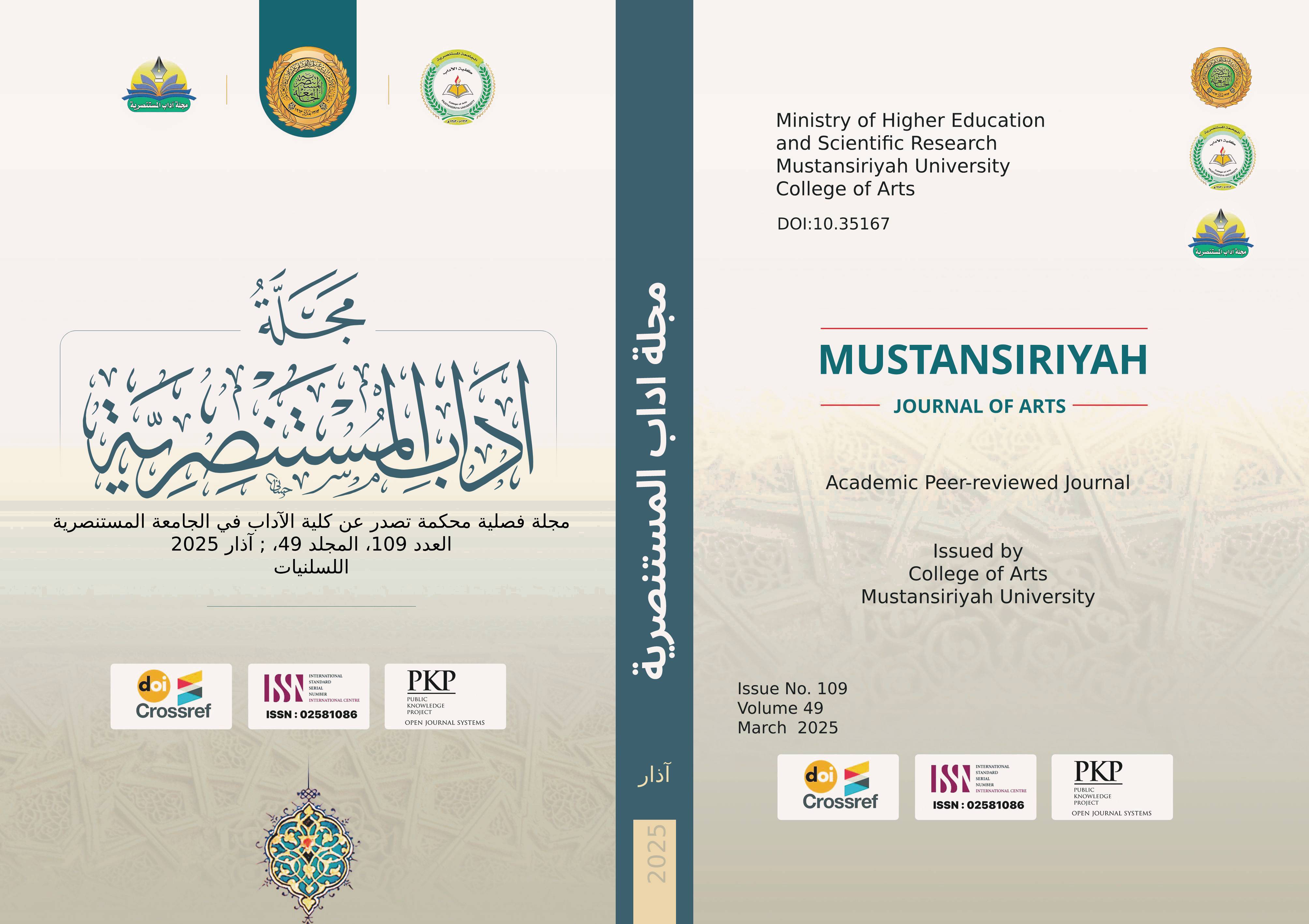Fictional Fiction and the Discourse of History
Abstract
The novel has various images whose conversations have been adapted to historical material, and their occurrence differs from one novelist to another, as historical material is tempting to narrators. George Lukacs says: (The malleability of historical material is in fact a trap for the modern writer), and perhaps the multiple justifications for resorting to this raw material, including:
- Reminding history and rebroadcasting and marketing it through art.
- Awareness and alerting through the past to build the future.
- Projecting the past onto the present..
All of this contributed to some novelists resorting to different methods to express their positions; (Some of them keep the historical material with its content and external structure, but they present it through a perspective that ensures its suggestion of the present, as Al-Ghitani did in his plans. Some of them neglect official history and turn to the movement of society in the past or the movement of (those below) according to the expression of George Lukacs, to express the makers of history and present their social and political visions. Some of them adhere to the historical material without the real prevailing over the imaginary or the imaginary over the real, in order to present a vision that concerns the past alone, as Naguib Mahfouz did in (Rhodobus). The novelist may prevail over the imaginary over the real, so history dissolves so that art can emerge with it a vision that concerns the present alone, without the future, as Naguib Mahfouz did in the trilogy and New Cairo.
Downloads
Published
Issue
Section
License

This work is licensed under a Creative Commons Attribution-ShareAlike 4.0 International License.


